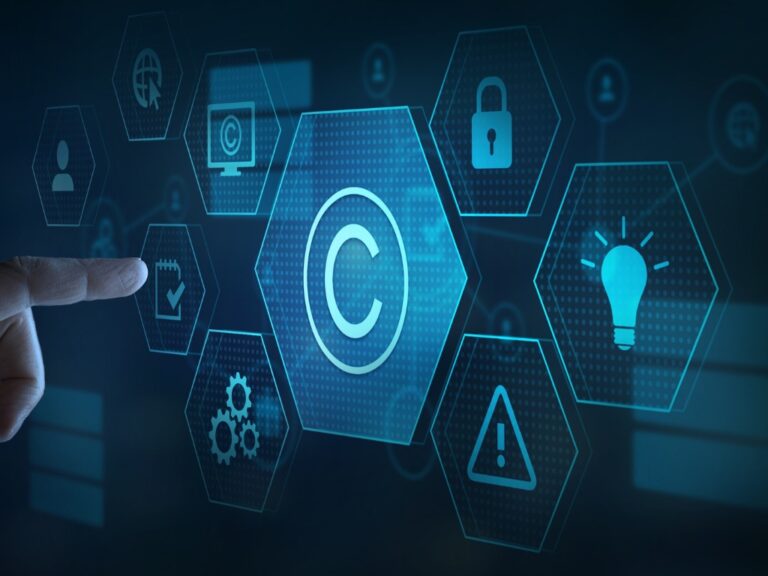Federal Circuit Clarifies Patentability Limits “Clinically Proven Effective” Claim
October 9, 2025

In Bayer Pharma Aktiengesellschaft v. Mylan Pharms. Inc., the Federal Circuit recently affirmed the Patent Trial and Appeal Board’s finding that Bayer Pharma’s claims covering a method of reducing cardiovascular events were unpatentable over the prior art. According to Akin, the decision clarifies that descriptive limitations tied to results, rather than to the structure or steps of a method, do not establish a patentable distinction. The court concluded that the phrase “clinically proven effective” could not render the claims patentable, even if considered limiting, because the claims already recited precise drug dosages.
The dispute arose from inter partes review petitions filed by Mylan Pharmaceuticals and others in 2022, challenging Bayer’s patent on administering rivaroxaban and aspirin in specific amounts.
The challenged claims referenced amounts “clinically proven effective,” supported by a phase III clinical trial disclosed in the patent specification. Mylan relied on prior art that described the same dosage regimen, arguing that it anticipated and was obvious.
The Board determined that the term “clinically proven effective” was either non-limiting or inherently anticipated, and found the evidence of unexpected results unpersuasive because it was tied solely to that limitation.
On appeal, the Federal Circuit declined to decide whether the term was limiting but held that, either way, it was a “functionally unrelated limitation” that failed to make the method patentable.
The court compared the language to an accolade unrelated to the claimed method’s steps, finding it insufficient to distinguish prior art. It contrasted this case with Allergan Sales, LLC v. Sandoz, Inc., where limiting efficacy clauses substantively narrowed claim scope.
Patent lawyers should be aware that clinical performance descriptors alone will not rescue claims where dosage amounts or steps are already known. Drafters should instead define efficacy through measurable, structural, or procedural parameters to support patentability.
Critical intelligence for general counsel
Stay on top of the latest news, solutions and best practices by reading Daily Updates from Today's General Counsel.
Daily Updates
Sign up for our free daily newsletter for the latest news and business legal developments.




